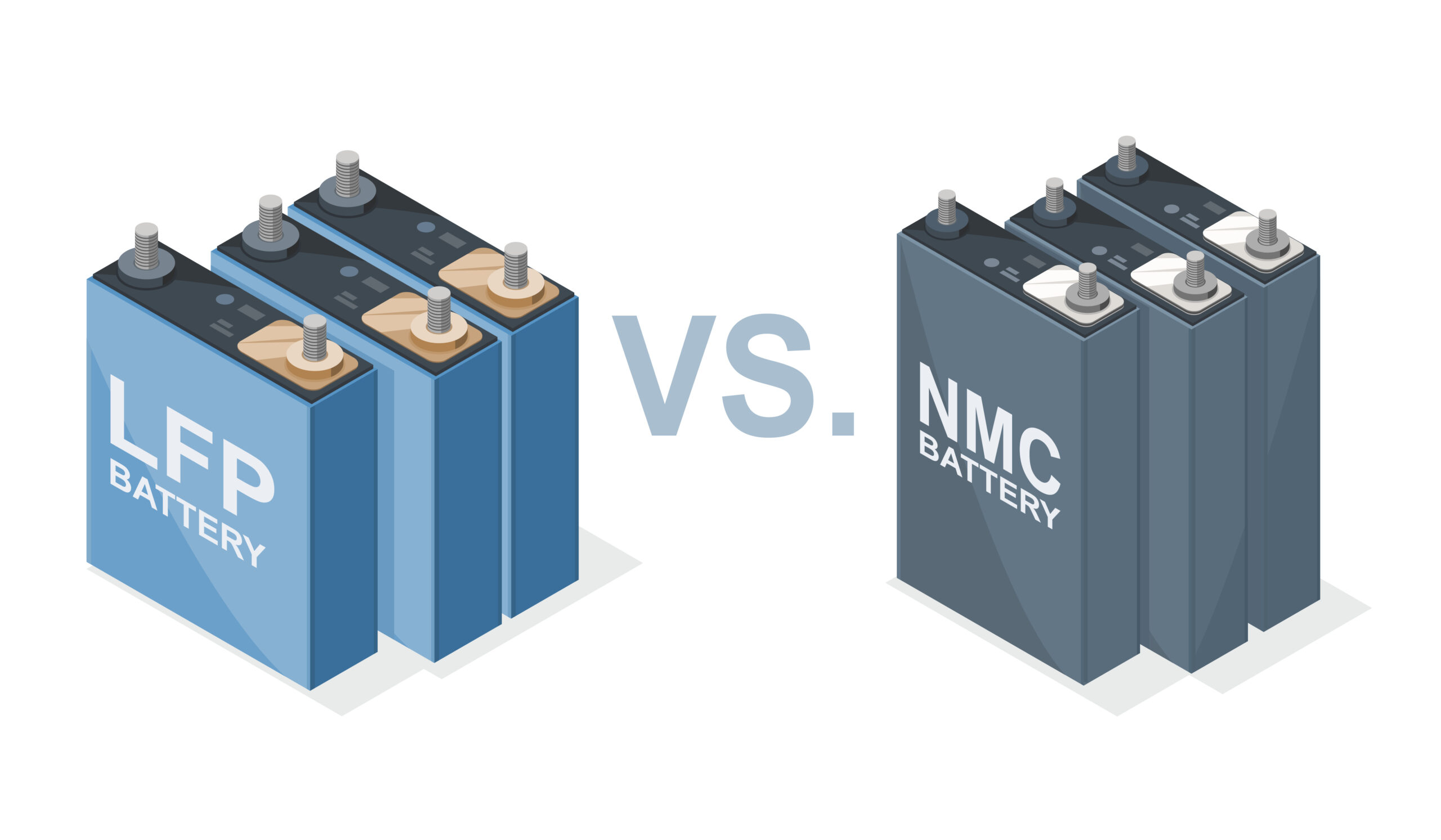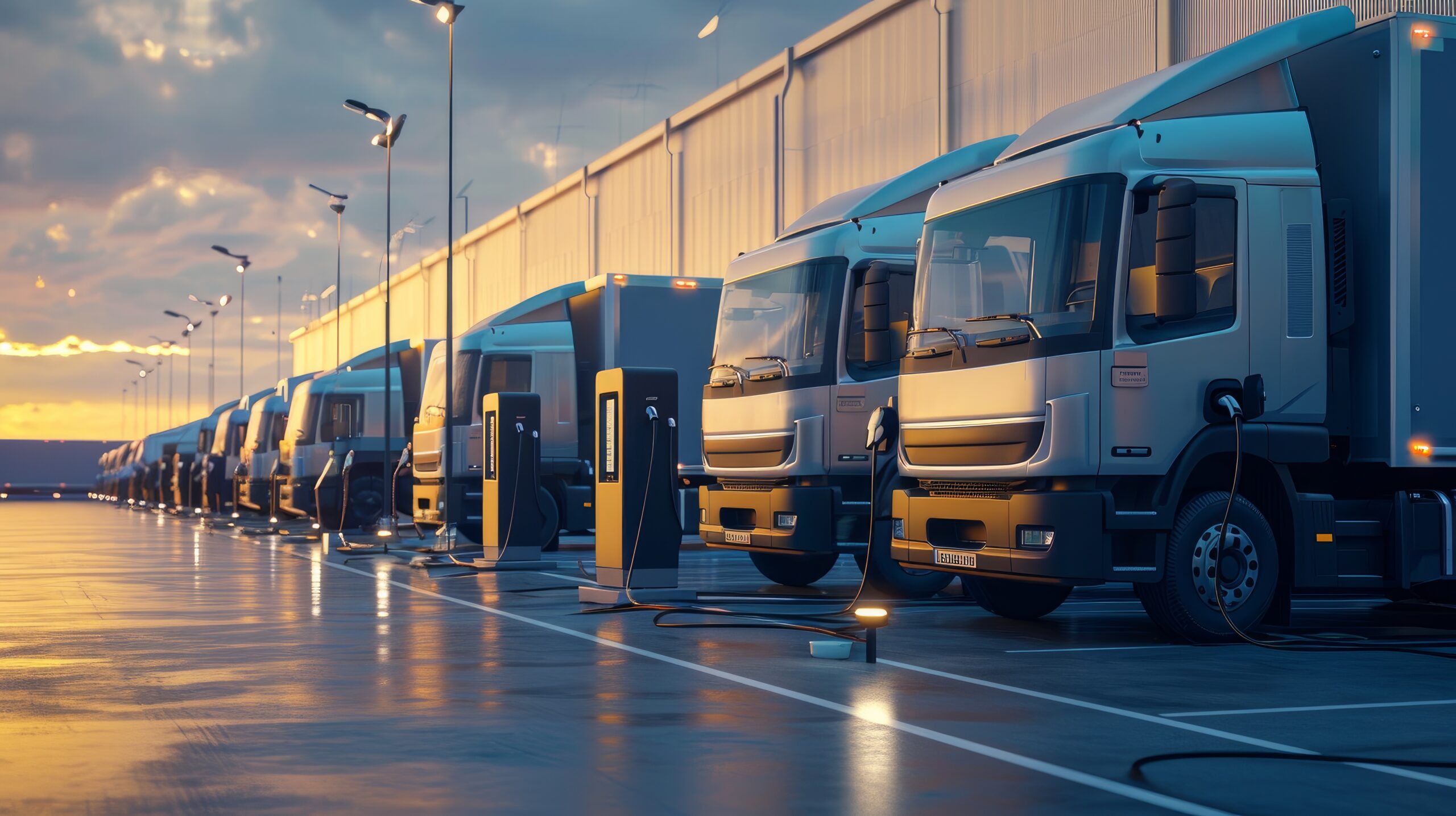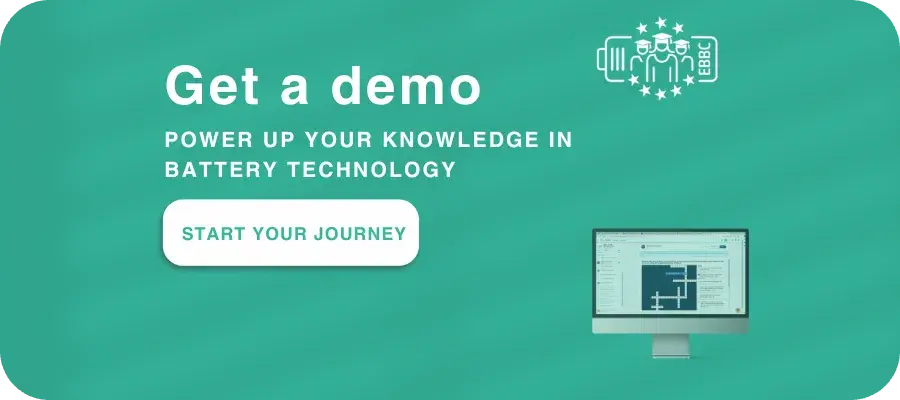Lithium-ion batteries have become ubiquitous in our daily lives. This battery technology has rapidly spread in recent years due to its numerous advantages and is now widely used in applications such as mobile phones, laptops, and electric vehicles. Two variants of this technology are currently the centre of attention: the LFP battery (lithium iron phosphate) and the NMC battery (nickel manganese cobalt). In this article, we compare the properties and areas of application of these two battery types.
LFP vs. NMC: What is the Difference?
The cathode is a central component of a lithium-ion battery cell and significantly influences its cost, energy density (in other words, relative storage capacity), and safety. Currently, two materials dominate the choice of cathode active materials for lithium-ion batteries: Lithium Iron Phosphate (LFP), which is relatively cost-effective, and Nickel Manganese Cobalt (NMC), which is characterised by a higher energy density, meaning its ability to store electrical energy.

Advantages and Disadvantages of LFP Batteries
In modern battery manufacturing, the precise composition of materials is crucial for performance and functionality. Lithium Iron Phosphate batteries (also LFP, Lithium Ferrophosphate, or LiFePO4) are a type of lithium-ion batteries. They differ from conventional lithium-ion batteries in that their positive electrode (cathode) is made of lithium iron phosphate.
In terms of safety, LFP technologies offer advantages over more flammable NMC materials. Additionally, they are more resistant to high temperatures. However, LFP batteries have a lower energy density and therefore require more space to provide the same amount of energy.
Advantages and Disadvantages of NMC Batteries
Nickel Manganese Cobalt batteries (also NMC, Li-NMC, LNMC, or NCM) also belong to the category of lithium-ion batteries. They differ from LFP batteries only in the chemical composition of the cathode, which consists of varying proportions of nickel, manganese, and cobalt.
NMC batteries can cause higher costs due to restrictions in the availability of raw materials. Cobalt mining is complex and therefore expensive. The market has also significantly increased the price of nickel in recent years. The reasons for this include supply shortages due to the war against Ukraine and the associated speculation about supply shortages.
Application Areas of LFP and NMC Batteries
Manufacturers use both LFP and NMC batteries in electric vehicles. In vehicles where achievable speed and the ability to drive longer distances are prioritised over price (premium segment), NMC technologies seem to be more popular due to their higher performance. If price is the top priority, LFP-based batteries are used, for example for larger vehicles such as buses or heavy goods vehicles or for small vehicles.
For stationary storage, the compactness of the battery does not play a central role, as there are no strict space restrictions as with electric vehicles. This is a clear advantage of LFP batteries.

Focus on sustainability
LFP batteries are considered more environmentally friendly due to their non-toxic and easily available raw materials. They do not rely on cobalt, whose mining raises ethical and environmental concerns. NMC batteries, especially those containing cobalt, face environmental and ethical challenges. However, ongoing research is focussing on the development of cobalt-free NMC variants to address these concerns.
Conclusion: The Right Choice for Your Application
The choice between LFP and NMC batteries largely depends on the specific requirements of the application. While LFP batteries are cost-effective and environmentally friendly, NMC batteries offer higher performance for more demanding applications.
Would you like to learn more about the latest technologies in the field of batteries? Sign up for our battery online course! Here you will learn everything about the different types of batteries, their advantages and disadvantages, as well as future developments in technology: www.batterybusinessclub.com/battery-training
You want to learn more about industrialization perspectives of lithium-ion batteries? Then find here the Lithium-Ion Battery Roadmap by Fraunhofer ISI.
FAQs on LFP vs. NMC lithium-ion batteries
What are the main differences between LFP and NMC batteries?
LFP batteries have a lower energy density and are safer, while NMC batteries offer higher energy density.
In which applications are LFP and NMC batteries used?
LFP batteries are often used in cost-sensitive applications like buses, while NMC batteries are preferred in performance-intensive electric vehicles.
What advantages do LFP batteries offer?
LFP batteries are cost-effective, safer, and more environmentally friendly as they do not use toxic materials.
What are the challenges for NMC batteries?
NMC batteries are more expensive due to the availability of raw materials like nickel and cobalt, and they have environmental and ethical concerns.
Which battery is the best choice for my application?
The choice depends on specific requirements: LFP for cost-sensitive applications and NMC for high-performance applications.




